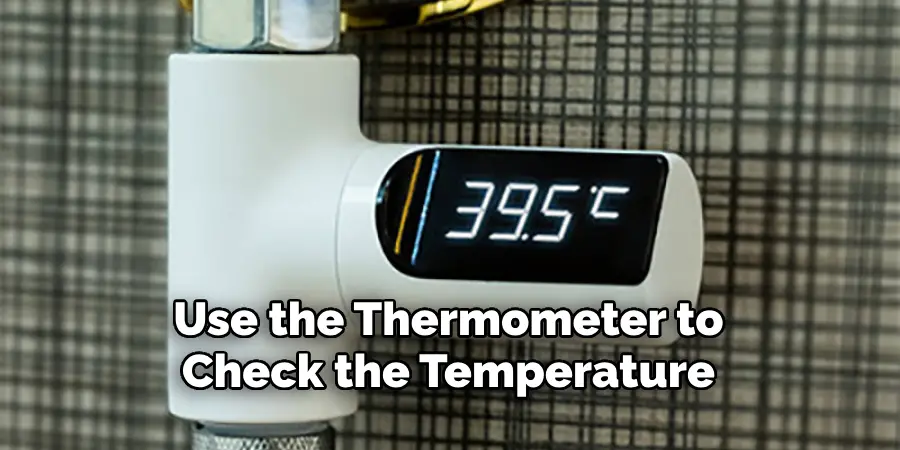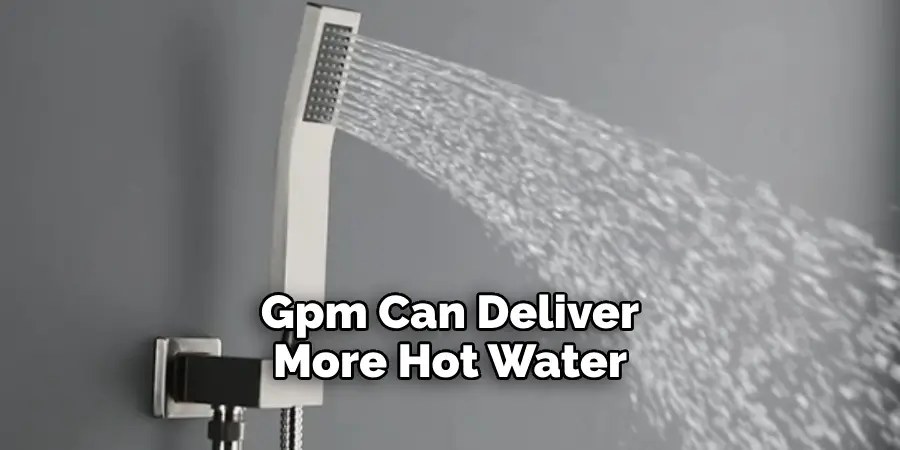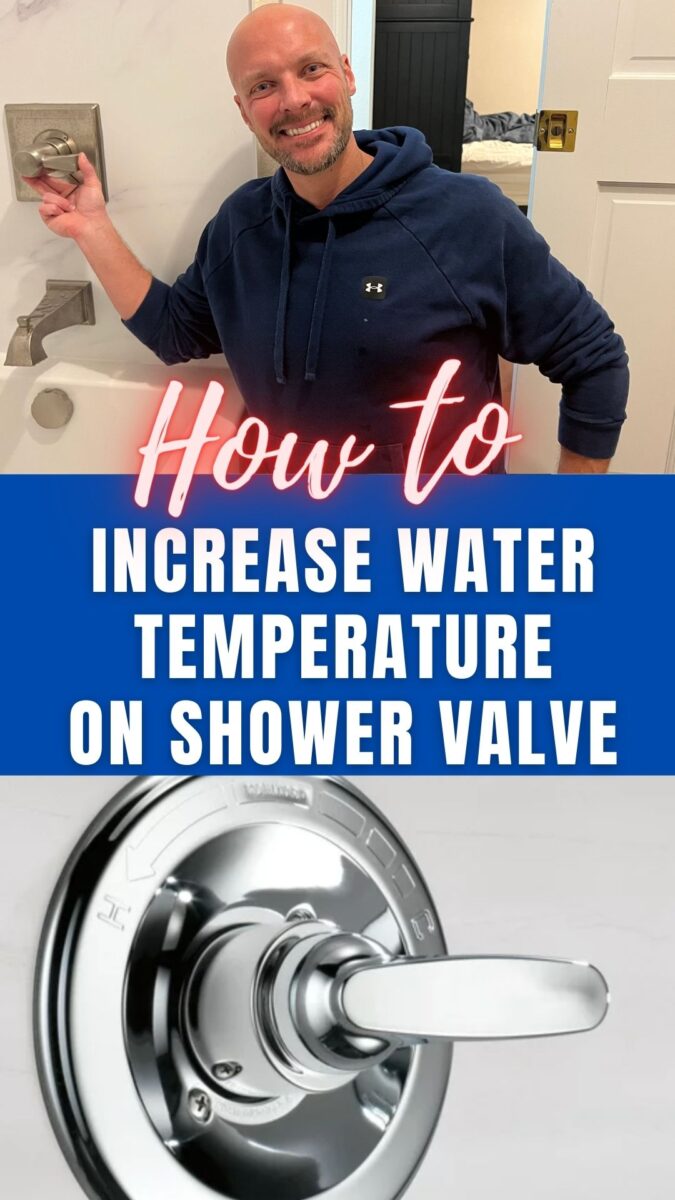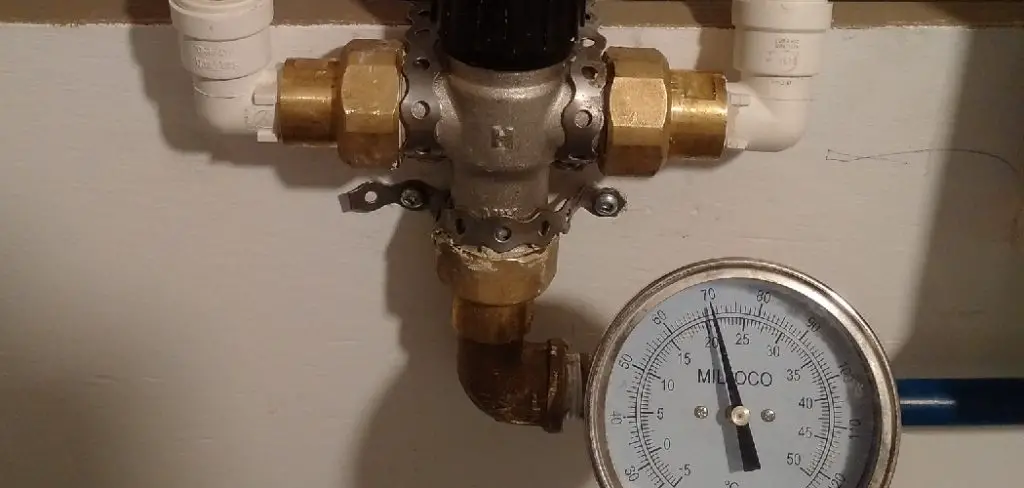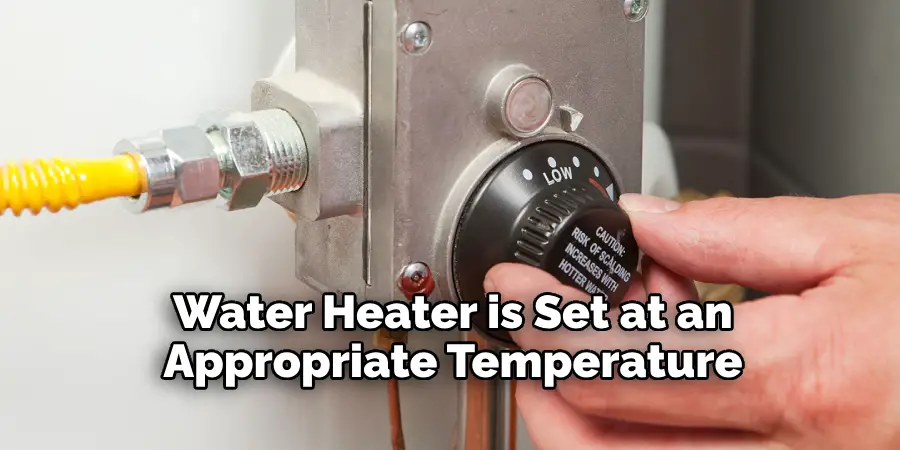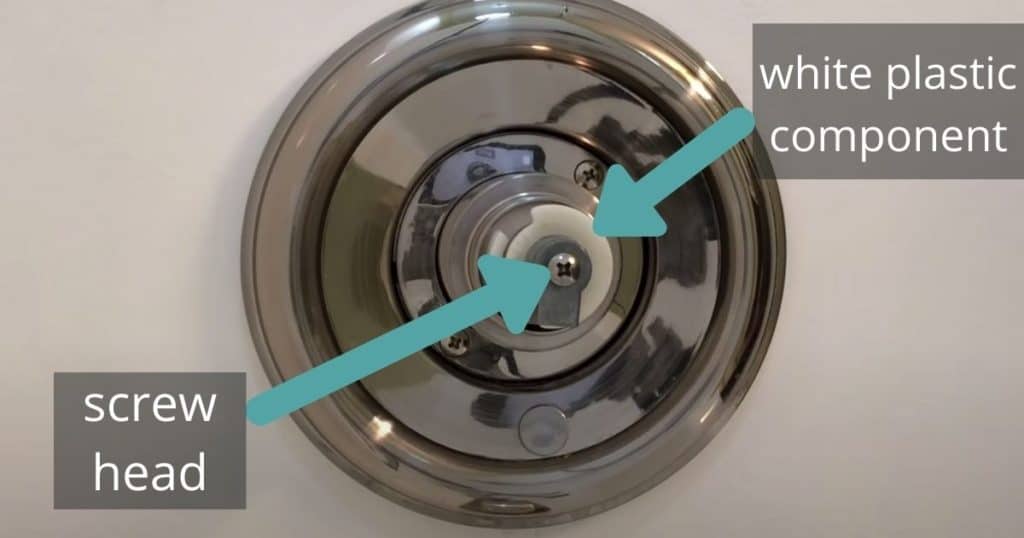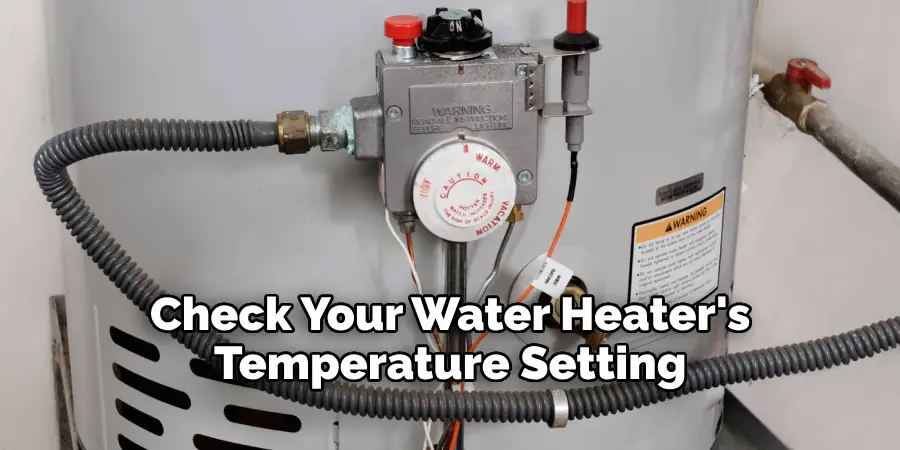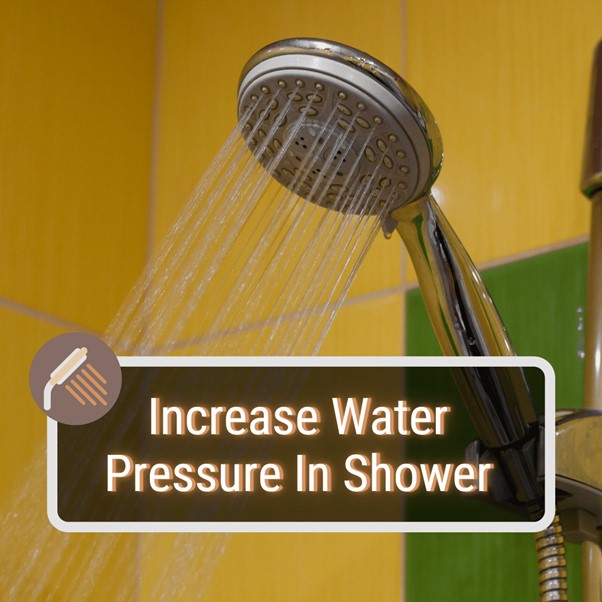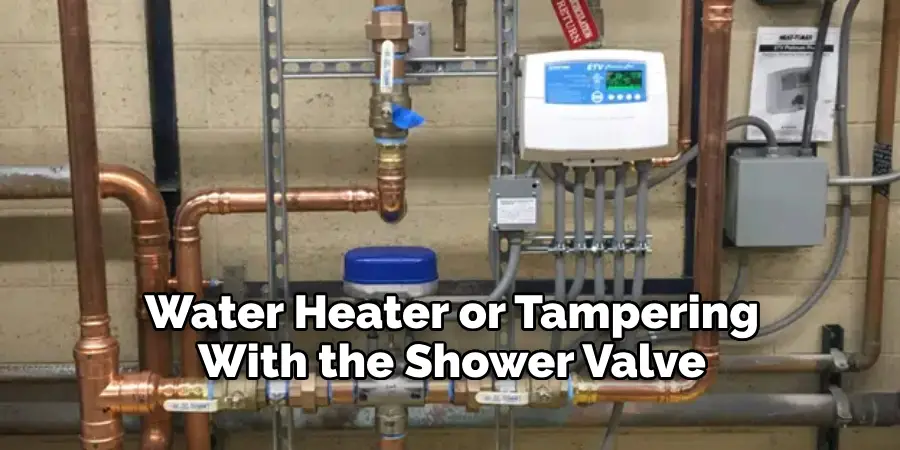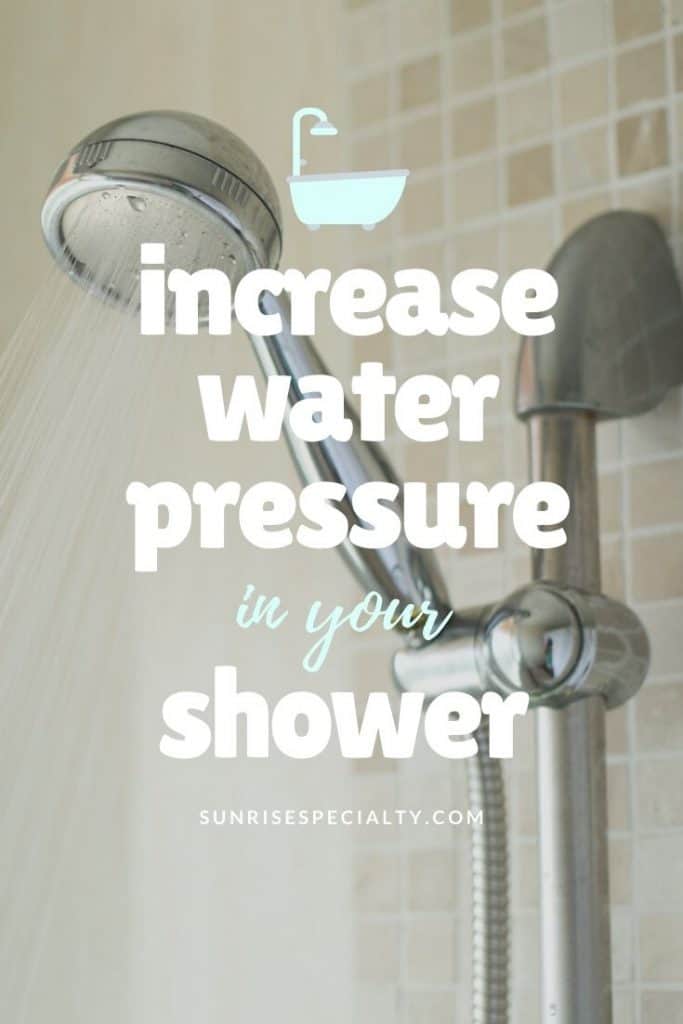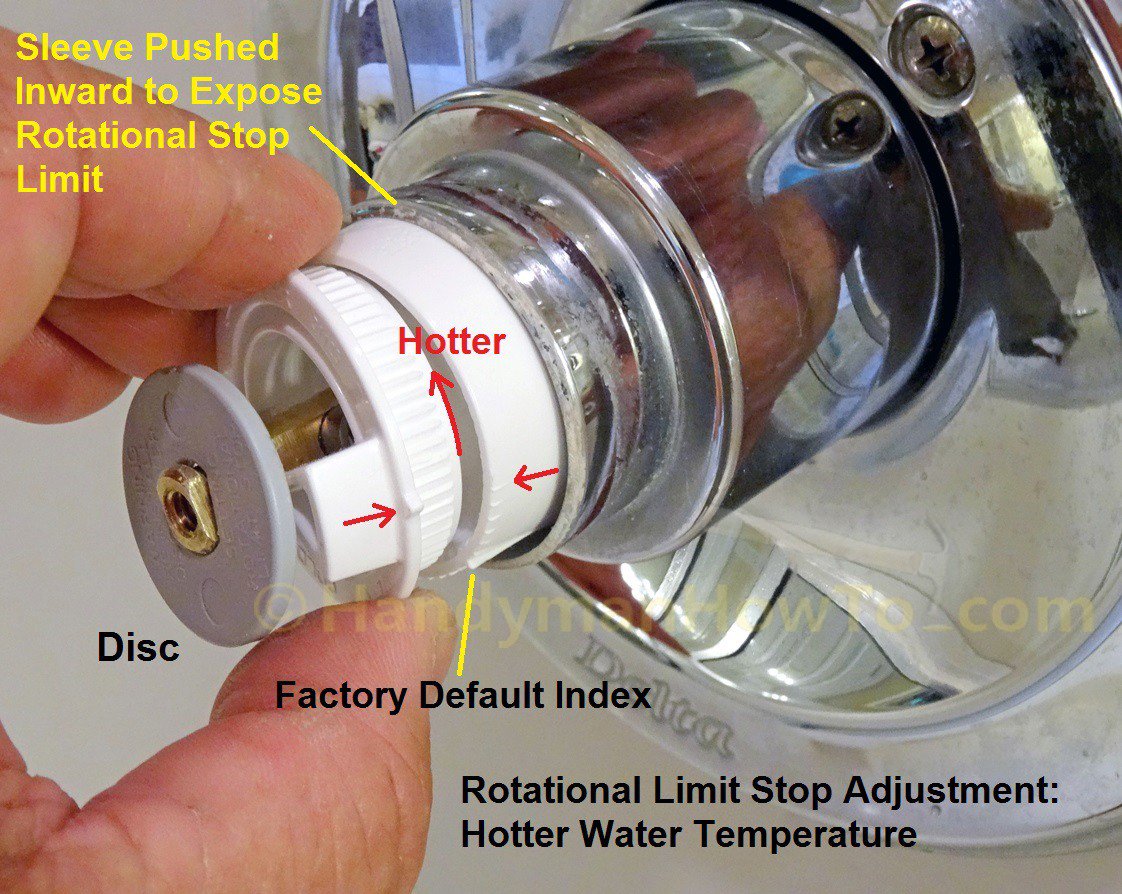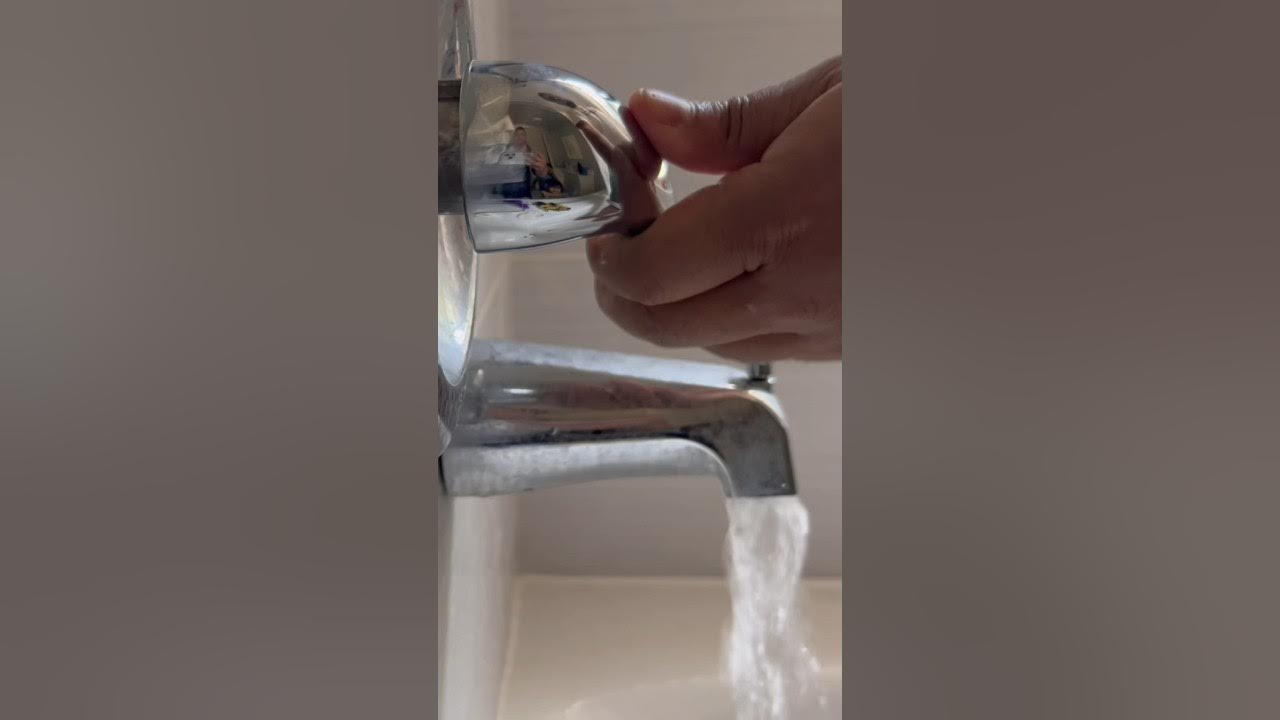How To Increase Water Temperature In Shower

Frustration mounts as many face the daily dilemma of inadequate shower water temperature. A lukewarm shower can be an unpleasant start to the day or an ineffective way to unwind. Understanding the common causes and practical solutions is crucial for achieving a comfortable and invigorating shower experience.
This article delves into the factors contributing to low shower water temperature and provides actionable steps to improve it. It covers everything from simple DIY fixes to when professional help might be necessary. Improving water temperature is more than just a comfort issue, it can impact hygiene and even health.
Common Causes of Low Shower Water Temperature
Several factors can contribute to a disappointing shower water temperature. Identifying the root cause is the first step towards finding a solution. These can range from issues with the water heater to problems with plumbing infrastructure.
Water Heater Issues
The water heater is the most likely culprit. If the heater is old or undersized for the household's needs, it may struggle to provide sufficient hot water. Sediment buildup within the tank can also reduce its efficiency and capacity, according to the U.S. Department of Energy.
A faulty thermostat setting can prevent the water from reaching the desired temperature. Check the thermostat setting. Ensure it's set to a safe but effective temperature, typically around 120 degrees Fahrenheit (49 degrees Celsius).
Plumbing Problems
Plumbing issues can also significantly impact shower water temperature. Leaky pipes, especially in uninsulated areas, can lead to heat loss before the water reaches the showerhead.
Cross-connections, where hot and cold water lines are improperly connected, can cause cold water to dilute the hot water supply. This is according to the Environmental Protection Agency (EPA) plumbing codes.
External Factors
Sometimes, external factors beyond your control are to blame. Extremely cold weather can lower the incoming water temperature, making it harder for the water heater to raise it to the desired level. High water usage within the household can also strain the water heater's capacity, especially during peak hours.
DIY Solutions to Increase Shower Water Temperature
Before calling a plumber, there are several DIY steps you can take. These measures often resolve simple issues and improve water temperature without incurring significant costs.
Adjusting the Water Heater Thermostat
Locate the water heater and carefully adjust the thermostat. Increase the temperature setting in small increments, such as 5-10 degrees Fahrenheit, and wait a few hours to assess the impact. Be cautious not to set it too high. Setting it to high can scald.
The Consumer Product Safety Commission (CPSC) recommends that household water heaters should be set at a maximum of 120°F to prevent scalding. Remember to test the water temperature at the faucet before showering to ensure safety.
Insulating Water Pipes
Insulating exposed hot water pipes can prevent heat loss. Pipe insulation sleeves are readily available at most hardware stores. These are easy to install and can significantly improve water temperature at the showerhead.
Replacing the Showerhead
A low-flow showerhead can restrict water flow. This can sometimes contribute to temperature fluctuations. Replacing it with a more efficient model may help maintain a consistent temperature. Look for showerheads that are labeled as water-efficient by the EPA through their WaterSense program.
Flushing the Water Heater
Sediment buildup in the water heater tank can reduce its efficiency. Flushing the tank regularly, typically once a year, helps remove sediment and improve its heating capacity. Follow the manufacturer's instructions for flushing your specific water heater model.
When to Call a Professional
If DIY solutions fail to improve the shower water temperature, it's time to seek professional help. Some problems require specialized knowledge and tools to diagnose and fix effectively.
Water Heater Repair or Replacement
An old or malfunctioning water heater might need repair or replacement. A professional plumber can assess the unit's condition. The plumber can then recommend the most appropriate course of action.
Plumbing Repairs
If you suspect leaky pipes or cross-connections, a plumber can identify and repair the issues. They can also assess the overall condition of your plumbing system and recommend necessary upgrades or repairs.
Electrical Issues
Electric water heaters may experience electrical problems that affect their heating ability. A qualified electrician can diagnose and fix electrical issues safely and effectively.
Impact and Significance
Achieving the desired shower water temperature is crucial for both comfort and hygiene. A consistently warm shower can improve relaxation. A warm shower promotes proper hygiene and reduces the risk of certain health issues.
Addressing low shower water temperature can also save energy and money. Improving the efficiency of your water heating system reduces energy consumption. Reducing energy consumption can also lowers utility bills and promotes environmental sustainability. Reduced costs and environmental sustainability are a bonus.
Conclusion
By understanding the potential causes of low shower water temperature and implementing the appropriate solutions, you can transform your daily shower experience. Whether it's a simple thermostat adjustment or a professional plumbing repair, finding the right fix will ensure a comfortable and refreshing shower every time. Prioritizing proper water heating is an investment in your well-being and home's efficiency.
